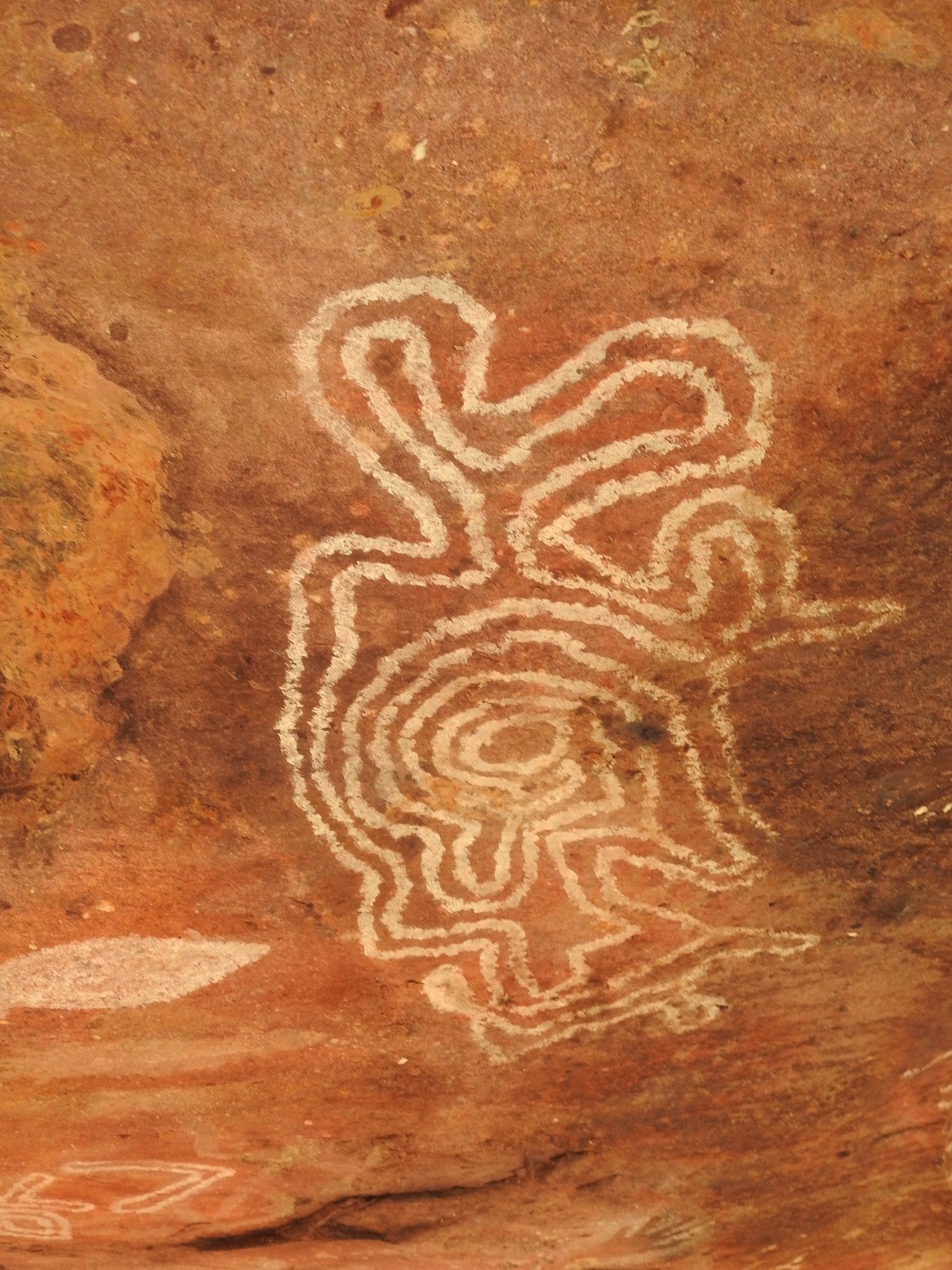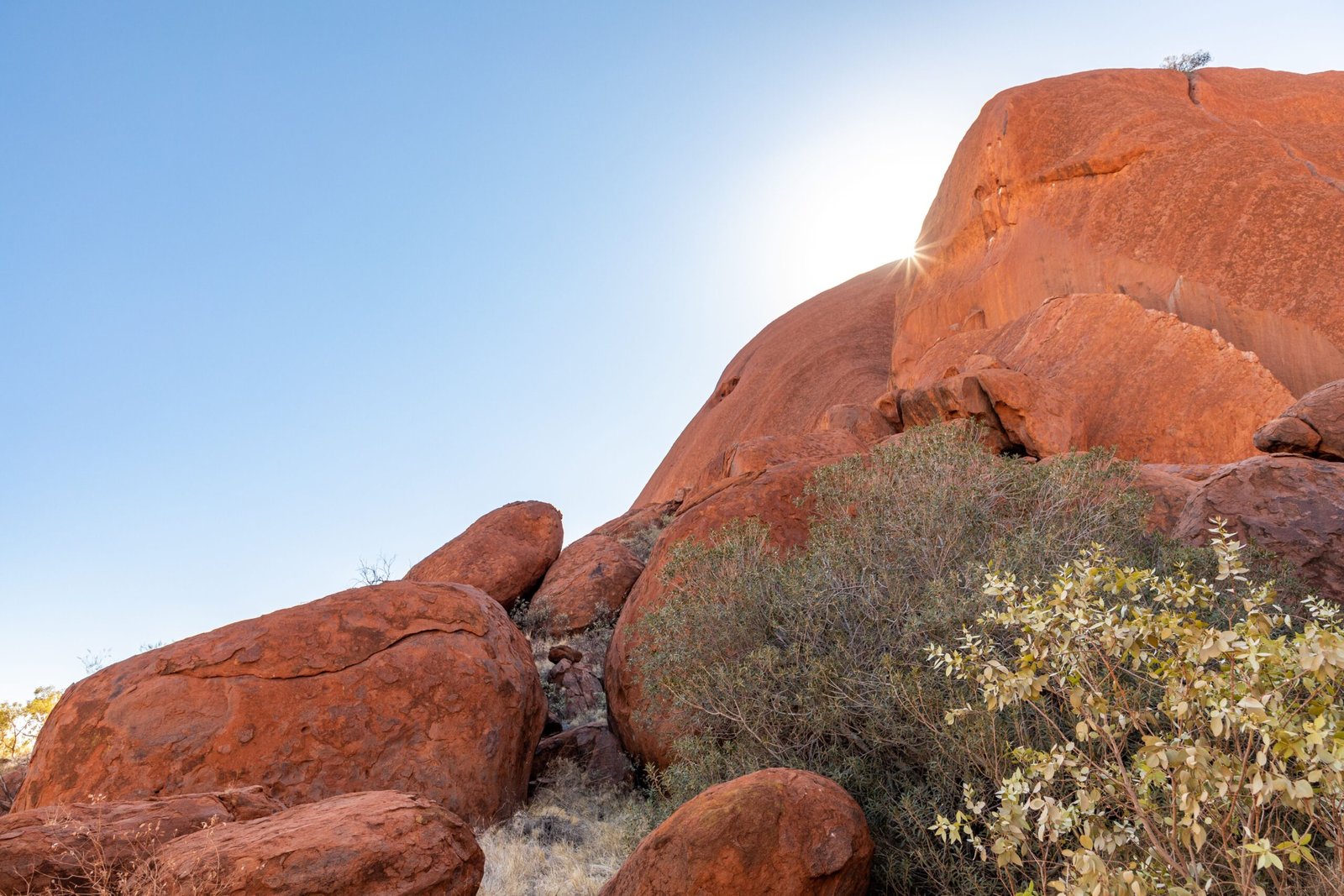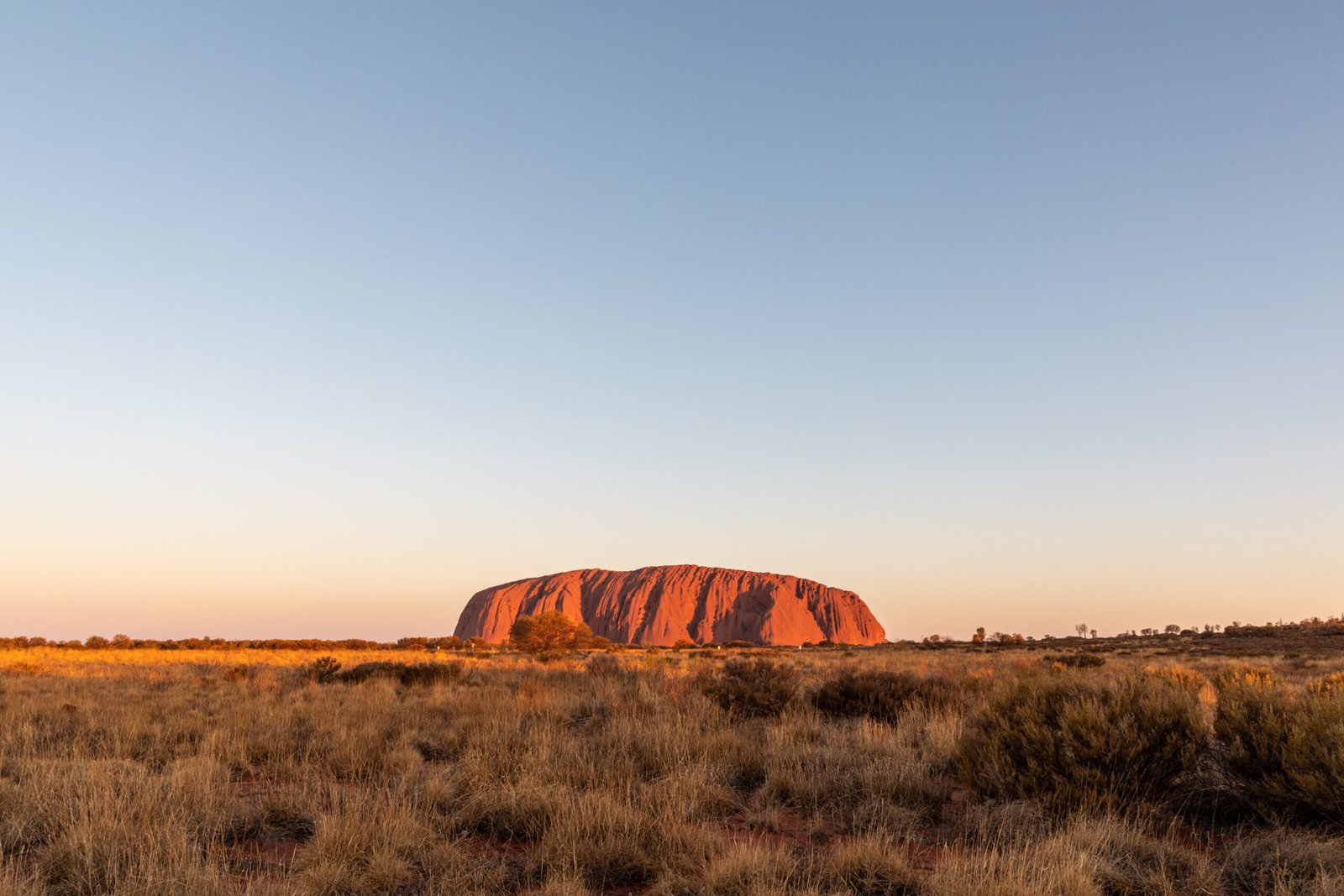There is a place in the heart of Australia that stirs the soul and ignites a sense of wonder in all who behold it. Rising from the red sands of the Outback, Uluru stands as a colossal sentinel—an ancient, fiery monolith shimmering beneath the harsh sunlight and the gaze of countless stars. To many, it is simply a breathtaking geological marvel; to others, it is a living story, sacred and inviolable. The journey to understanding Uluru is not just about witnessing its physical grandeur but learning to respect the profound cultural and spiritual layers that make it one of the world’s most revered natural wonders.
The Geological Origins of Uluru
Uluru’s story began around 550 million years ago, during a time when Central Australia was covered by an inland sea. Sediments settled, compressed, and eventually hardened into sandstone, forming the base of what would become Uluru. Tectonic forces later thrust this giant slab upright, exposing its dramatic face to the elements. Today, Uluru towers nearly 350 meters above the desert plain and measures over 9 kilometers in circumference—a true geological giant. The rock’s rich ochre hues are the result of iron oxidation, giving Uluru its iconic red glow at sunrise and sunset. Scientists marvel at how erosion has sculpted its smooth curves and deep fissures, making it a natural masterpiece shaped by time, wind, and water.
A Living Cultural Landscape
For the Anangu people, Uluru is far more than just a rock—it is a sacred being, woven into their Tjukurpa, or Dreamtime stories. These stories tell of ancestral beings who created the land, plants, animals, and the laws that govern life. Every cave, crevice, and waterhole around Uluru is imbued with meaning, acting as a living book of law and history. The Anangu have tended to this land for thousands of years, practicing rituals and passing down knowledge through generations. Cultural guides often describe Uluru as a living ancestor, a family member deserving respect rather than a mere tourist attraction.
The Science Behind the Spirituality
Modern science and ancient spirituality find surprising harmony at Uluru. Ecologists have discovered that the rock’s unique microclimates support a range of rare and endemic plants and animals, many of which are mentioned in Anangu stories. For example, the elusive Mulgara, a small marsupial, makes its home in the dunes surrounding Uluru, just as described in the Tjukurpa. Hydrologists are fascinated by the waterholes that persist even in the driest months, providing life-sustaining resources for both wildlife and people. These scientific findings reinforce the wisdom embedded in Anangu traditions—knowledge honed by close observation and deep connection to the land.
The Controversy of Climbing Uluru
For decades, Uluru was seen as a challenging climb—a bucket-list achievement for travelers. But for the Anangu, climbing Uluru is deeply disrespectful, akin to walking on sacred ground in a cathedral. Despite years of polite requests and educational campaigns, many visitors continued to ascend the rock, leaving behind erosion scars and litter. In October 2019, a momentous decision was made: the climb was officially closed. This act was not just about conservation, but about honoring the spiritual and cultural wishes of the traditional owners. The closure marked a turning point in Australia’s journey toward genuine respect and reconciliation.
Ecological Wonders of Uluru-Kata Tjuta National Park
Uluru is the crown jewel of Uluru-Kata Tjuta National Park, a UNESCO World Heritage site brimming with biodiversity. The park is home to more than 400 plant species, 21 native mammals, and over 170 bird species. Wildflowers burst into color after rare rains, transforming the arid landscape into a carpet of life. Reptiles like the thorny devil and perentie lizard scuttle across the sand, while wedge-tailed eagles soar above. Even the seemingly barren expanse around Uluru hides hidden springs and ancient fig trees. This vibrant ecosystem demonstrates nature’s resilience and the delicate balance that sustains life in harsh environments.
Art, Storytelling, and Ancestral Law

Aboriginal art is a living tradition at Uluru, with rock paintings adorning caves and shelters around its base. These artworks are not mere decoration; they are visual stories, mapping water sources, animal tracks, and sacred sites. Each symbol carries layers of meaning, accessible only to those initiated into the stories. Contemporary Anangu artists continue this tradition, using canvas and modern materials to share their narratives with the world. Through art and oral storytelling, the wisdom of the ancestors is kept alive, echoing across the generations and inviting outsiders to listen with respect.
Tourism: Boon or Burden?
Uluru attracts hundreds of thousands of visitors each year, bringing economic benefits to local communities and raising awareness of Aboriginal culture. Yet, tourism is a double-edged sword. Foot traffic can damage fragile ecosystems and sacred sites, while insensitive behavior risks trivializing the rock’s significance. The park’s management balances access with protection, offering guided walks, interpretive centers, and cultural experiences that foster understanding. Visitors are encouraged to learn, not just look, and to see themselves as guests in a living cultural landscape rather than conquerors of a natural monument.
The Healing Power of Place

Many visitors report feeling a profound sense of peace or awe at Uluru, as if the rock itself radiates a quiet power. Psychologists call this “place attachment,” the deep emotional connection people feel to meaningful landscapes. For the Anangu, this bond goes beyond emotion—it is a spiritual responsibility. Caring for Uluru means caring for oneself, one’s family, and the broader community. This idea resonates far beyond Australia, reminding people everywhere of the need to honor and protect the places that shape our identities and well-being.
Modern Efforts Toward Reconciliation

The journey to respecting Uluru’s sanctity is part of a broader movement toward reconciliation in Australia. Returning land rights to Aboriginal communities, incorporating Indigenous voices in park management, and educating visitors about cultural protocols are all steps in healing the wounds of colonization. In 1985, the Australian government handed back the land title to the Anangu, who now co-manage the national park with Parks Australia. This partnership is a powerful example of how traditional knowledge and modern conservation can work hand in hand.
How Visitors Can Show Respect

Respecting Uluru begins with listening—to the land, to the stories, and to the people who call it home. Simple actions, like following marked trails, refraining from photography in sacred areas, and participating in cultural tours, make a difference. Learning a few words of Pitjantjatjara, the local language, or supporting Indigenous-owned businesses deepens the connection. Ultimately, respect is not just about rules, but about empathy and curiosity—a willingness to see Uluru through the eyes of those who have cherished it for millennia.
A Timeless Message for the World
Uluru’s presence is a reminder that some places are more than just destinations—they are living testaments to the power of nature and the depth of human spirit. As the sun sets and the rock glows with impossible color, one message becomes clear: true wonder is found not just in what we see, but in how we choose to honor and protect it. What kind of world do we create when we treat the sacred with care and humility?


